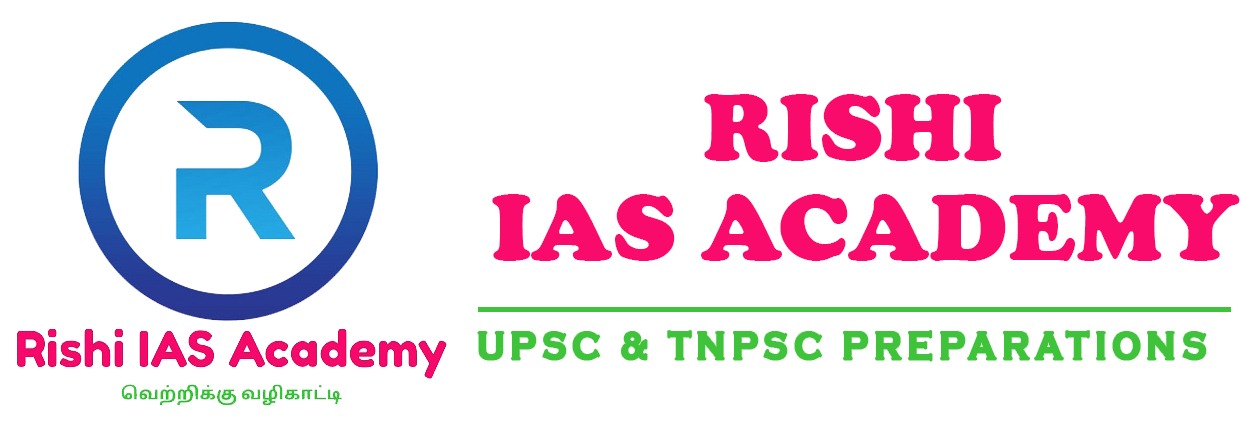Introduction
- In the history of modern India, the socio-religious reforms occupy a significant place.
- Social reformers like Raja Rammohan Roy, Swami Dayanand Saraswathi and Swami Vivekananda were responsible for the social and cultural awakening in India.
- The spread of liberal ideas of the west provided further stimulus for the emergence of reform movement.
- These movements introduced important changes in social and religious life of the people of India.
Raja Rammohan Roy and the Brahmo Samaj
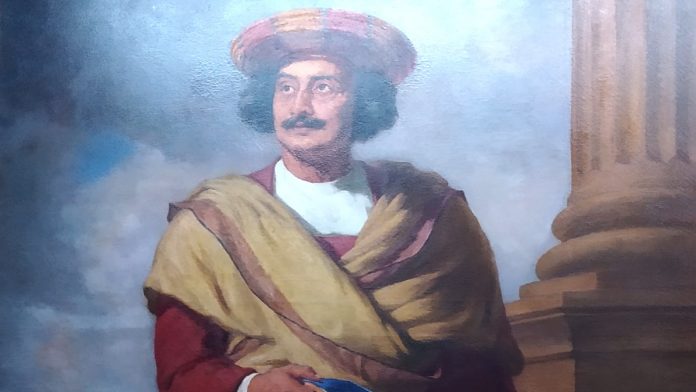
- Raja Rammohan Roy establishes the Brahmo Samaj at Calcutta in 1828 in order to purify Hinduism and to preach momotheism.
- He is considered as the first ‘modern man of India’.
- He was a pioneer of socio- religious reform movements in modern India.
- Born in 1772 in the Hoogly district of Bengal, he inculcated a brilliant freedom of thought and rationality.
- He studied the Bible as well as Hindu and Muslim texts.
- He had excellent command over many languages including English, Sanskrit, Persian, Arabic, French, Latin, Greed and Hebrew.
- In 1815, he established the Atmiya Sabha.
- Later, it was developed into the Brahmo Sabha in August 1828.
- Through this organization, he preached that there is only one God.
- He combined the teachings of the Upansihads, the Bible and the Koran in developing unity among the people of different religions.
- The work of the Atmiya Sabha was carried on by Maharishi Debendranath Tagore (father of Rabindranath Tagore), who renamed it as Brahmo Samaj.
- He turned the Brahmo Samaj into a leading social organization of India.
- Raja Rammohan Roy is most remembered for helping Lord William Bentinck to declare the practice of Sati a punishable offence in 1829.
- He also protected against the child marriage and female infacticide.
- He favored the remarriage of widows, female education and women’s right to property.
- He felt that the caste system was the greatest hurdle to Indian unity.
- He believed in the equality of mankind.
- He did not believe in the supremacy of the Brahmin priests.
- He favored inter-caste marriages.
- He himself adopted a Muslim boy.
- In 1817, he founded the Hindu college (now Presidency college, Calcutta) along with David Hare, a missionary.
- He also set up schools for girls.
- Rammohan Roy started the first Bengali weekly Samvad Kaumudi and edited a Persian weekly Mirat- ul- akbhar.
- He stood for the freedom of the press.
- Rammohan died in Bristol in England in 1833.
Henry Vivian Derozio and the Young Bengal Movement

- Henry Vivian Derozio was the founder of the Young Bengal movement.
- He was born in Calcutta in 1809 and taught in the Hindu college, Calcutta.
- He died of cholera in 1833.
- His followers were known as the Derozians and their movement the Young Bengal movement.
- They attacked old traditions and decadent customs. They also advocated women’s rights and their education.
- They founded associations and organized debates against idol worship, casteism and superstitions.
- He was an Indian poet of Portuguese origin and assistant headmaster of Hindu College, Kolkata.
Swami Dayanand Saraswathi and the Arya Samaj
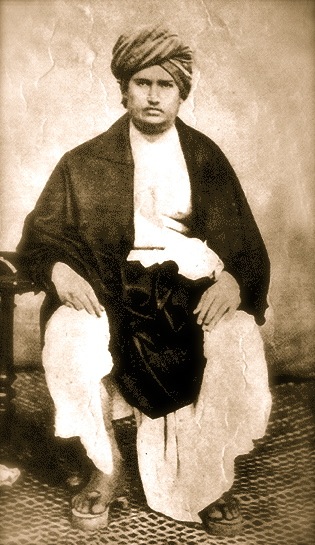
- The Arya Samaj was founded by Swami Dayanand Saraswathi at Bombayin 1875.
- Born in Kathiawar in Gujarat, Swami Dayanand (1824-83) was a scholar, a patriot, a social reformer and a revivalist.
- He believed the Vedas were the source of true knowledge.
- His motto was “Back to the Vedas”.
- He was against idol worship, child marriage and caste system based on birth.
- He encouraged inter- caste marriages and widow remarriage.
- He started the Suddhi movement to bring back those Hindus who had converted to other religious to its fold.
- He wrote the book Satyartha Prakash which contains his ideas.
- The Arya Samaj, though founded in Bombay, became very powerful in Punjab and spread its influence to other parts of India.
- It has contributed very much to the spread of education.
- The first Dayanand Anglo- Vedic (DAV) school was founded in 1886 at Lahore.
- Many more schools came up in other parts of India in later years.
- The Arya Samaj had also spread nationalism.
- Hundreds of Arya Samaj patriots, including Lala Lajput Rai, took part in the Indian freedom struggle.
Prarthana Samaj
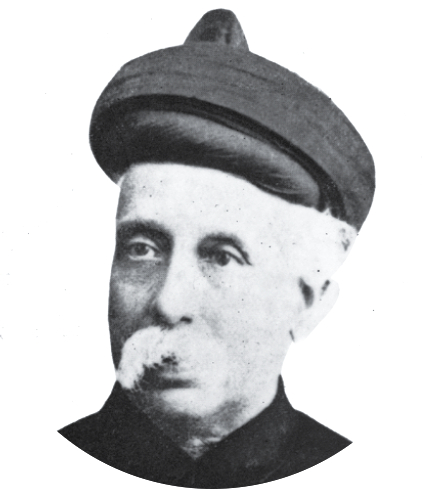
- The Prarthana Samaj was founded in 1867 in Bombay by Dr. .Atmaram Pandurang
- It was an off- shoot of Brahmo Samaj.
- It was a reform movement within Hinduism and concentrated on social reforms like inter- dining, inter- marriage, widow remarriage and uplift of women and depressed classes.
- Justice M.G.Ranade and R.G.Bhandarkar joined it in 1870 and infused new strength to it.
- Justice Ranade promoted the Deccan Education society.
Swami Vivekananda and Ramakrishna Mission

- The original name of Swami Vivekananda was Narendranath Dutta (1863- 1902) and he became the most famous disciple of Shri Ramkrishna Paramahamsa
- He was born in a prosperous Bengali family of Calcutta and educated in Scottish church college.
- In 1886 Narendranath took the vow of Sanyasa and was given the name , Vivekananda.
- He preached Vedantic philosophy.
- He condemned the caste system and the current Hindu emphasis in rituals and ceremonies.
- Swami Vivekananda participated at the Parliament of Religions held in Chicago (USA) in September 1893 and raised the prestige of India and Hindusim very high.
- Vivekananda preached the message of strength and self- reliance.
- He asked the people to improve the lives of the poor and depressed classes.
- He believed that service to mankind is service to God.
- He founded the Ramkrishna Mission at Belur in Howrah in 1897. It is a social service and charitable society.
- The objectives of this mission are providing humantarism relief and social work through the establishment of schools, colleges, hospitals and orphanages.
Theosophical society

- The Theosophical society was founded in New York (USA) in 1875 by Madam H.P. Blavatsky, a Russian lady, and Henry Steel Olcott, an American colonel.
- Their man objectives were to form a universal brotherhood of man without any distinction of race, colour or creed and to promote the study of ancient religious and philosophies.
- They arrived in India and established their headquarters at Adyar in Madras in 1882.
- Later in 1893, Mrs. Annie Besant arrived in India and took over the leadership of the society after the death of Olcott.
- Annie Besant founded the central Hindu school along with Madan Mohan Malaviya at Benaras which later developed into the Banaras Hindu University.
Pandit Ishwar Chandra Vidyasagar
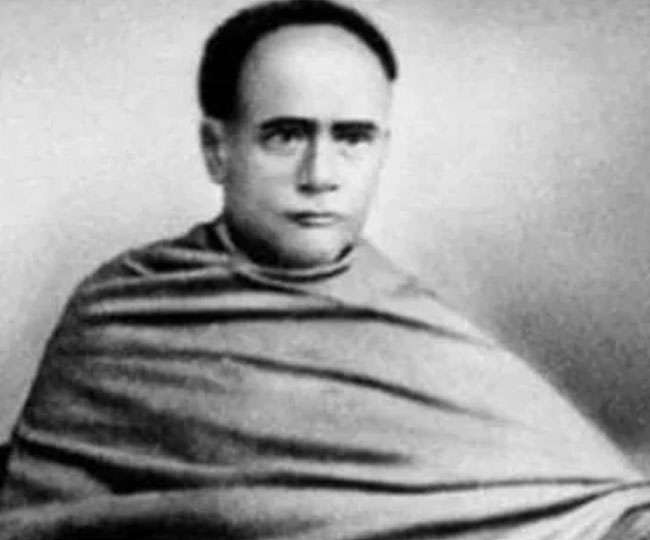
- Pandit Ishwar Chandra was a great educator, humanist and social reformer.
- He was born in 1820 in a village in Midnapur, Bengal.
- He rose to be the Head Pandit of the Bengali Department of Fort William college.
- He firmly believed that reform in Indian society could only come about through education.
- Vidyasagar founded many schools for girls.
- He helped J.D.Bethune to establish the Bethune school.
- He founded the Metropolitan Institution in Calcutta.
- He protested against child marriages and favoured widow remarriage which was legalized by the Widow Remarriage Act (1856).
- It was due to his great support for the spread of education that he was given the title of Vidyasagar.
Jyotiba Phule

- Jyotiba Phule belonged to a low caste family in Maharashtra.
- He waged a life- long struggle against upper caste domination and Brahmanical supremacy.
- In 1873 he founded the Satyashodak Samaj to fight against the caste system.
- He pioneered the widow remarriage movement in Maharashtra and worked for the education for women.
- Jyotiba Phule and his wife established the girls school at Poona in 1851.
Muslim reform Movement
- The Muslim reform movement started a little later because they had avoided western in the beginning.
- The first effort was in 1863 when the Muhammad Literacy society was set up in Calcutta.
- Its aim was to popularize the study of English and western sciences.
- It established a number of schools in Bengal.
Aligarh Movement

- The Aligarh movement was started by Sir Syed Ahmad Khan (1817-98) for the social and educational advancement of the Muslims in India.
- He fought against the medieval backwardness and advocated a rational approach towards religion in 1866, he started the Mohammadan Educational conference as a general forum for spreading liberal ideas among the Muslims.
- In 1875, he founded a modern school at Aligarh to promote English education among the Muslim.
- This had later grown into the Mohammadan Anglo Oriental college and then into the Aligarh Muslim University.
The Deoband school
- The orthodox section among the Muslim ulema organized the Deoband movement.
- It was a revivalist movement whose twin objectives were:
- To propagate among the Muslims the pure teachings of the Koran and the Hadis and
- To keep alive the spirit of jihad against the foreign rulers.
- The new Deoband leader Mahmud- ul- Hasan (1851-1920) sought to impart a political and intellectual content to the religious ideas of the school.
- The liberal interpretation of Islam created a political awakening among its followers.
Sikh Reform Movement
- Punjab also came under the spell of reforms.
- Baba Dayal Das founded the Nirankari Movement. He insisted the worship of God as nirankar (formless).
- The Namdhari movement was founded by Baba Ram Singh. His followers wore white clothes and gave up meat eating.
- The Singh Sabhas started in Lahore and Amritsar in 1870 were aimed at reforming the Sikh society. They helped to set up the Khalsa college at Amritsar in 1892. They also encouraged Gurmukhi and Punjab literature.
- In 1920, the Akalis started a movement to remove the Mahants (priests) from the Sikh gurudwaras. The British government was forced to make laws on this matter. Later, the Akalis organized themselves into a political party.
Parsi Reform Movement
- The Parsi Religious reform assocaiation was founded at Bombay by Furdunji Naoroji and S.S.Bengalee in 1851.
- They advocated the spread of women’s education.
- They also wanted to reform their marriage customs.
- Naoroji published a monthly journal, Jagat Mithra.
- The momentum gathered through these reform movements and went a long way in uplifting the entire community.
- By the middle of the twentieth century most of them were highly placed in various capacities and have made a significant contribution to India’s development.
